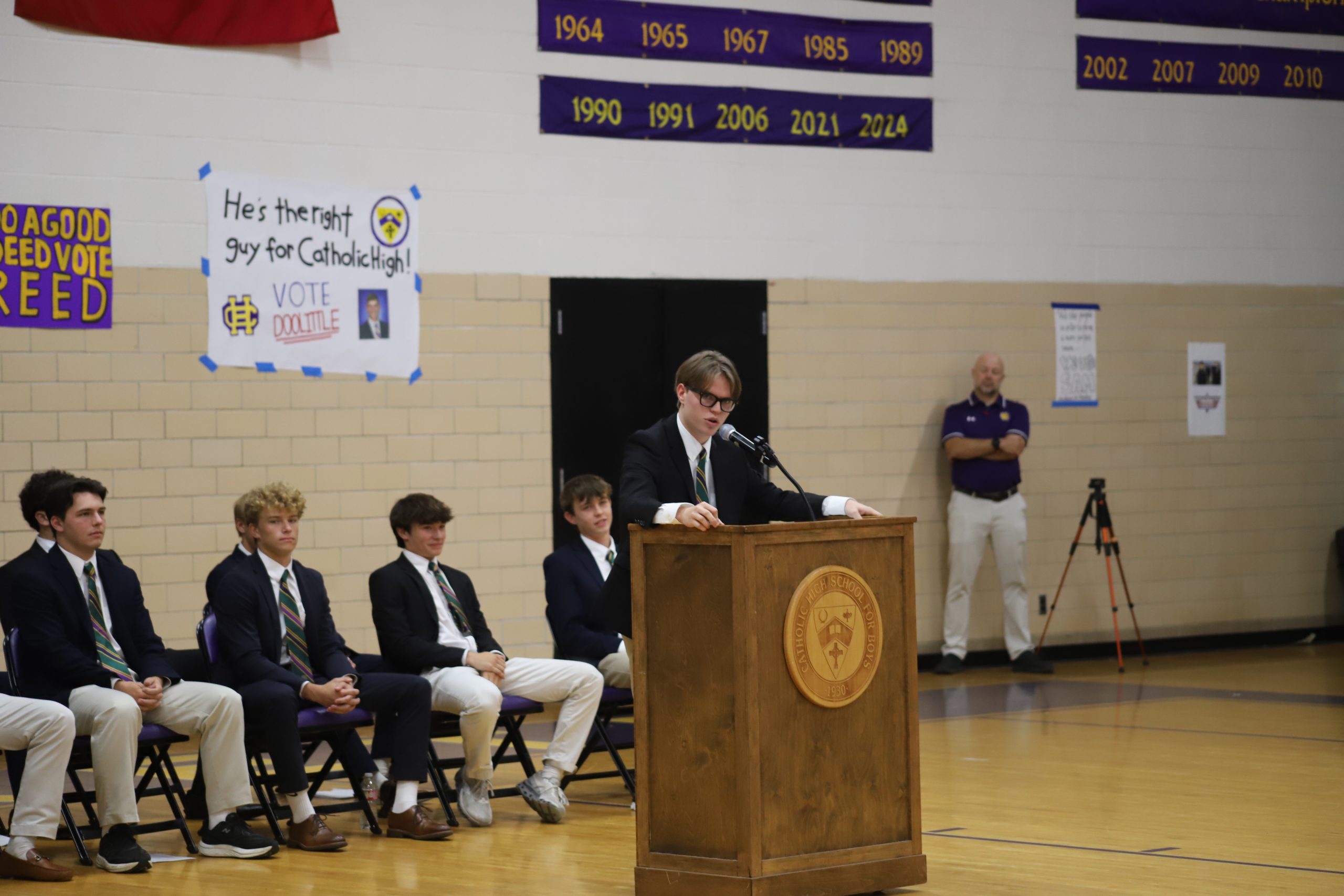It’s common knowledge that talking on a hands-free device while driving is perfectly safe, but common knowledge isn’t always right.
According to the Center for Disease Control, there are three main types of distraction while driving. “Visual requires you to take your eyes off the road. Manual requires you to take you hands off the wheel, and cognitive involves taking your mind off of driving,” according to the Center for Disease Control’s website. Using a hands-free device may keep the driver visually and manually focused, but it requires him to focus his mind on something other than driving. This cognitive distraction is what makes hands-free devices dangerous while driving.
According to CDC.gov, “Distracted driving activities include things like using a cell phone, texting, and eating. Using in-vehicle technologies (such as navigation systems) can also be sources of distraction. While any of these distractions can endanger the driver and others, texting while driving is especially dangerous because it combines all three types of distraction.
Additional information from the CDC shows that “424,000 people were injured due to distracted driving in 2013, an almost 10% increase from 2011.” What this statistic illustrates is troubling: the issue of distracted driving only continues to worsen.
Junior Michael Miller, worried by these statistics, decided to measure the dangers of distracted driving for a project in his statistics class. “Anyone could tell you how much of a problem texting and driving is,” Miller said, “but most people don’t understand that it’s dangerous to talk on the phone while driving, too.”
Miller decided to use a video game, Mario Kart, to conduct his experiment. He also used a steering wheel and pedals that connected to the gaming console for more accurate driving simulation.
“The biggest problem I had at first was a lack of drivers,” Miller said. To have a normal distribution in a statistical experiment, a statistician must have thirty different trials, which meant Miller needed thirty different drivers.
“I ended up giving the office a note,” Miller said. “Mr. [Steve] Straessle read an announcement that promised Mario Kart to any students willing to come to room 211 after school. The turnout was pretty good at first, but a lot of people had to leave early for time purposes.” At the end of the first day, Miller had only 12 trials.
“I tried the same thing the next week, and eventually got all thirty students I needed,” Miller said. One of the drivers, sophomore Ethan Pruitt, said, “I used to think as long as I wasn’t texting or anything then I was being safe. After taking part in Michael’s experiment, I’m definitely going to start paying more attention to the road when I drive.”
After finishing the experiment, Miller was tasked with analyzing all of the data. “Each volunteer driver completed a lap of distracted driving and then a lap of non-distracted driving. I recorded the times and number of collisions.” Miller also ranked how well each driver stayed on course on a scale from one to five.
“There was tons of data to look at,” Miller said, “but I found some definite trends. When people were distracted, they had more collisions than when they weren’t.” A distracted driver was also far less likely to stay on course compared to a non-distracted.
“I expected the distracted drivers to finish with much worse times, but the opposite was true.” Almost every single trial resulted in a faster distracted lap. “The distracted drivers most likely sped more around sharp turns, and they didn’t care about being careful or avoiding collisions,” Miller said.
“Most of the data came out about as we expected,” Miller said. “It was nice to have some experimental confirmation of what I was thinking, but mainly I’m hoping that someone out there will hear the results of my experiment and maybe think twice about using their phone in the car.”










